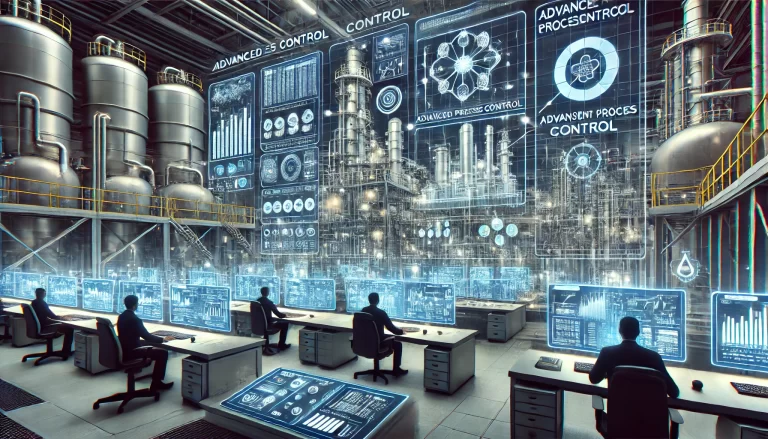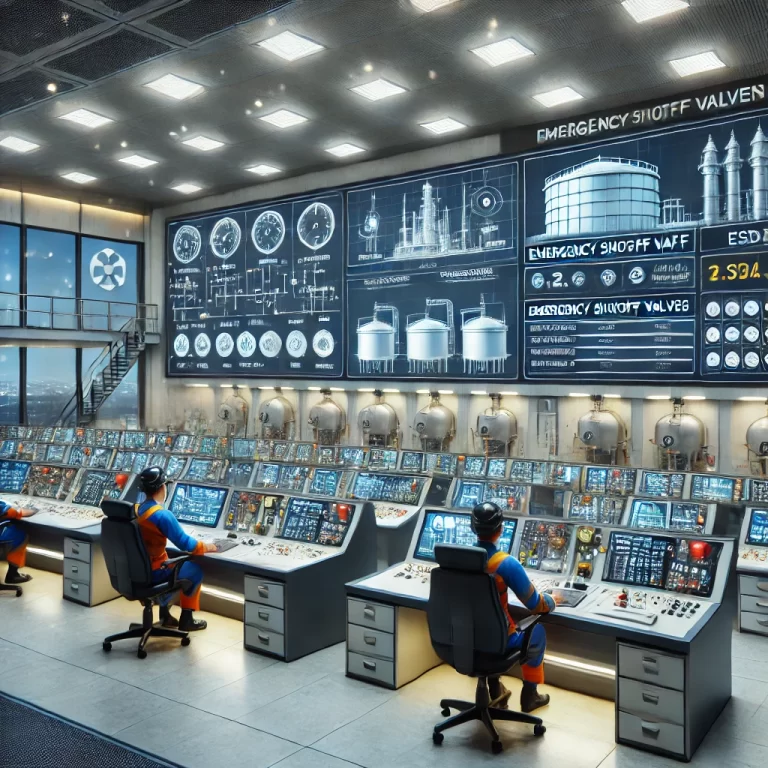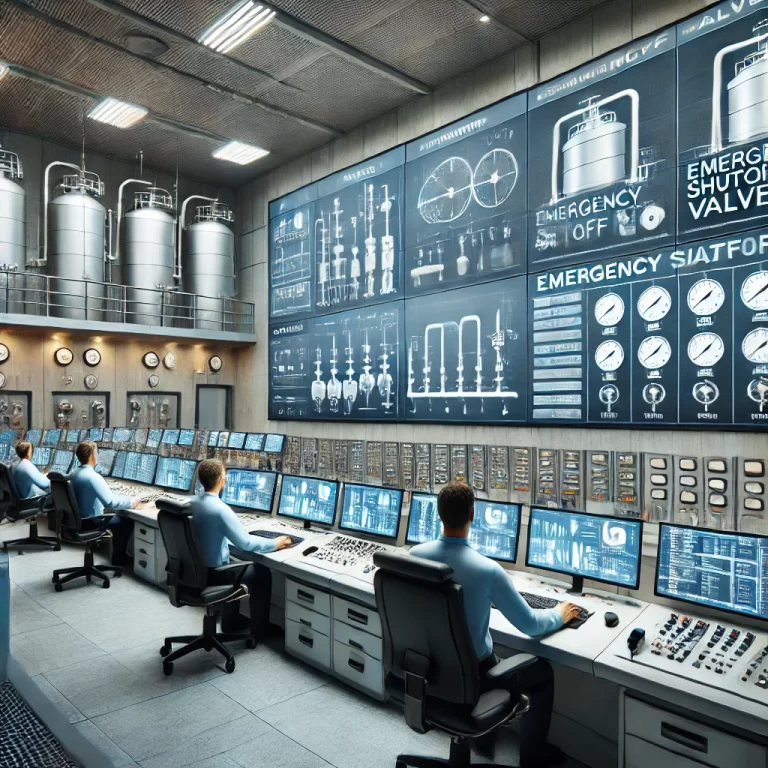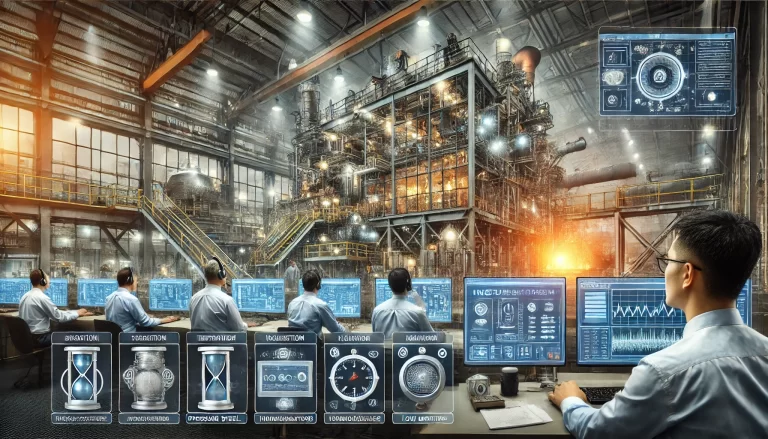In industrial process control, whether a solution is perceived as “simple” or “difficult” often depends not only on technical complexity but also on how well the underlying problem is understood. Based on our practical experience in chemical plants, here are insights into what makes a control strategy effective—or frustrating—and how engineering mindset, collaboration, and empathy all play critical roles.

1. Water Content Control in Solvents: A Lesson in Problem Framing
At a butadiene plant, the production team aimed to control the water content in solvents. This parameter critically affects extractive distillation performance. However, directly controlling the water content proved extremely difficult due to the nature of the mass balance—it’s a large system with many variables.
Instead of trying to control water content head-on, the control strategy was reframed: improve the dehydration tower’s performance by stabilizing its temperature. This led to more consistent dehydration, which in turn resulted in stable water content and better solvent quality. Over time, the improved solvent quality translated into more stable extractive distillation.
Lesson: Sometimes, the key to solving a control challenge lies in addressing an upstream or indirect parameter. By understanding the root need—in this case, solvent quality rather than water content itself—we achieved a more effective, manageable solution.

2. Reactor Control: Prioritizing Practical Indicators
In reactor control, the ultimate goal is to maintain optimal reaction conditions that improve yield, conversion, and product quality. However, implementing direct control over these quality indicators is often extremely challenging. It requires a deep understanding of chemical reaction mechanisms, and real-time measurements are usually not feasible.
Our most effective strategies focused on controlling key measurable variables—such as temperature, pressure, and online analyzer feedback. Load control and ratio control were particularly appreciated by operators, as they simplify transitions, enhance stability, and are easy to use.
Lesson: Even in complex systems, focusing on measurable and operator-friendly parameters can bring high practical value and acceptance.
3. Cross-Unit Material Transfers: Technical Simplicity, Organizational Complexity
From an operator’s point of view, coordinating material transfer between different units is a daunting task. But from a higher-level automation or scheduling perspective, this coordination may not be technically difficult. The real challenge often lies in cross-department communication and alignment.
In one project involving propylene transfer between storage tanks and direct pipeline delivery, developing a stable, automated load distribution control scheme took years—from issue identification to full implementation. It wasn’t just a technical journey; it required continuous coordination with scheduling teams and other departments.
Lesson: What appears to be a technical problem may be rooted in organizational barriers. Control strategies must consider communication, cooperation, and consensus-building as part of the solution.

4. Advanced Grinding Circuit Control: Design with Empathy
In a semi-autogenous grinding (SABC) process, product fineness is a key indicator of flotation performance. Yet operators often prioritize equipment and process safety, then throughput, and only lastly consider fineness. Moreover, fineness is not monitored online and is rarely a performance metric—so it often gets ignored.
Understanding this operator mindset was the turning point. By designing advanced control systems that aligned with their practical concerns and daily habits, we created solutions they actually liked and used. When the operator’s needs are respected, even complex systems can be embraced.
Lesson: Control systems should be designed with empathy. If operators don’t trust or enjoy using a system, it doesn’t matter how advanced it is—it will fail in practice.
5. User Adoption Is Everything: The Case of Air Cooler Frequency Control
In several recent cases involving variable frequency drives (VFDs) for air coolers, we encountered a common problem: operators didn’t like the controls. The systems required frequent manual intervention and didn’t align with the workflow.
No matter how well-engineered a control algorithm may be, if it’s not operator-friendly, it won’t succeed. Building trust and ease of use is a systems engineering challenge in itself. Control success depends on trust, simplicity, communication, consistency, and, ultimately, user satisfaction.
Lesson: “Good control” is not just a technical achievement—it’s a human-centered design goal.

6. What Makes a Problem ‘Simple’ or ‘Difficult’?
Sometimes, binary distillation columns can be automated after one or two tuning sessions. Other times, despite multiple efforts, control performance remains unsatisfactory. The difference often lies not in complexity but in clarity.
A problem feels simple when we understand it well. When we don’t, even a seemingly basic issue becomes overwhelmingly difficult. In essence, if a human operator can manage a process manually, we should be able to automate it—provided we truly grasp its dynamics.
Final Thought: Difficulty in control is often a reflection of our understanding. The goal of automation is to replicate human decision-making logic with consistency. If automation fails, it may not be because the system is too complex, but because we haven’t yet found the right model.
